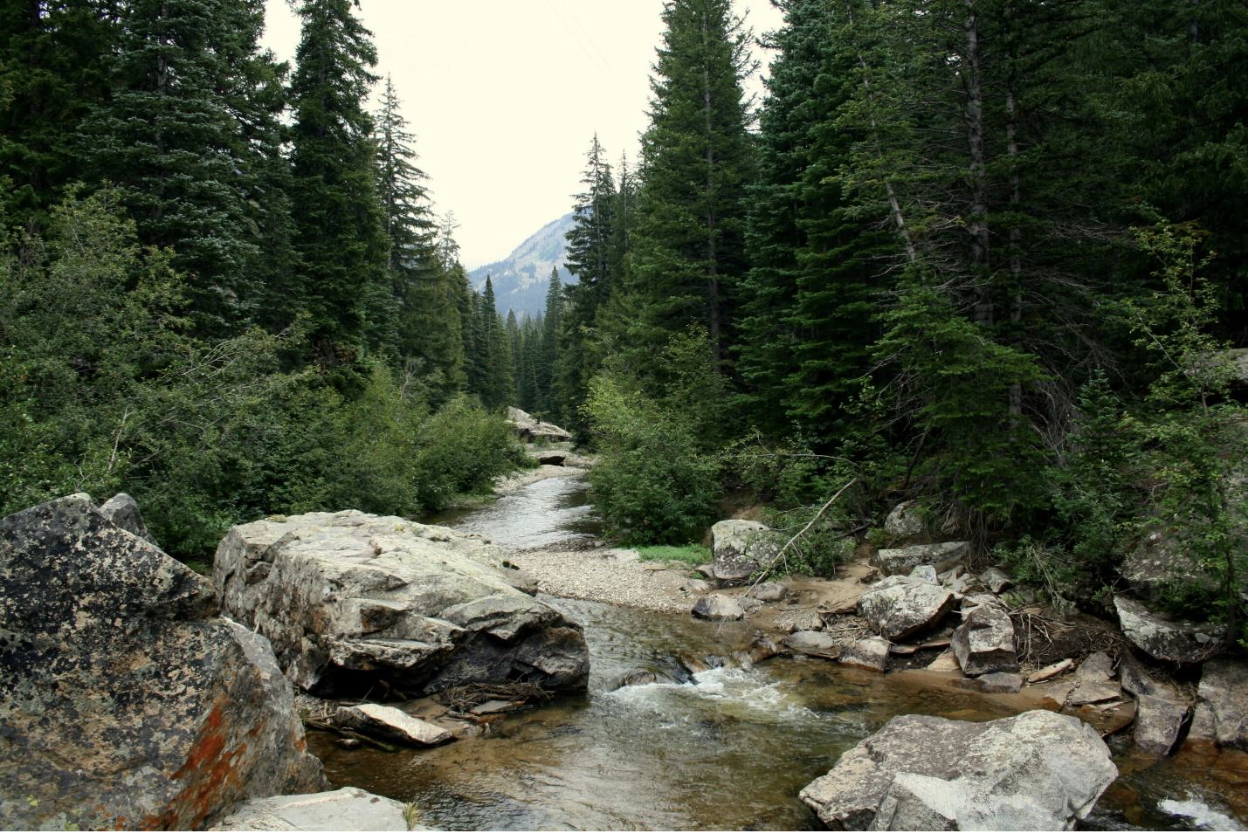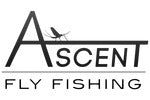
5 Tips for Fishing the End of Runoff

When runoff finally begins to taper off each July, it feels like I’m finally exhaling after a long and stressful season! Done are the leg grabbing flows that prevented us from wading, the months of fridged water temps, and the incessant dependence on nymphing rigs! As the hatches kick off in quick succession and the trout begin to spread throughout the pockets and seams left open by the retreating flows, here are 5 tips that will help you capitalize when fly fishing the end of runoff.
Embrace Wet Wading
Do yourself a favor and hang up your waders as water levels drop and temperatures rise! As late summer water temps shift between the mid 50’s to low 60’s, strip off the waders and don a pair of Korkers I-Drain Wading Socks ($29.99) and Korkers All Axis Wading Shoes ($129.99). This combo will spare you from filling the booties of your waders with pints of sweat while keeping your digits cool and comfortable. With self-draining soles, an abundance of foam padding in all the right places, and interchangeable soles to ensure the best grip for changing conditions on the water, you will be able to hike far, wade light, and stay cool through the heat of the summer!
Beware of Daily Jumps in Temperature
While the warmer water temps are pleasant to wade in, there is a limit to what is safe for the trout. As the flows drop and the water temps rise, equip yourself with a fly fishing thermometer ($13.99) and make sure you are off the water and resting the trout before water temps reach 67 degrees Fahrenheit. In this season, plan to arrive early and leave as the water temps touch the danger-zone around 12-1pm. If you want a full day of fishing, plan on heading higher in elevation or laying your flies on a lake where water temperatures remain cooler through the heat of the summer.
Prepare to Move with the Hatch
When you fish during the end of runoff, prepare to serve the trout a full 5 course meal throughout a day on the water! There will be a constant progression of hatches throughout the weeks and days, and as the fish follow their food from the bottom of the lake or river to the surface, to the streamside, and back again, we need to move with them. Each of these movements and life stages marks a different course in the meal. Mayfly nymphs for breakfast, emerging mayfly nymphs for lunch, adult dun and spinner patterns for dinner, and spent spinners make up dessert. In order to maximize your catch, remain nimble and prepare to switch your flies throughout the day as the invertebrates move through the water and the fish move onto the next course in their meal.
Use Tungsten for Quick Drops & Short Drifts
Trout do 80% of their feeding on aquatic life stages, and even through the majority of the dry fly bite happens in this short, warm season, nymphs and other wet fly patterns will still consistently catch more fish. Post runoff, trout spread out to occupy short deep runs that provide cover and concentrated feeding lanes. In order to not drift over the head of these actively feeding fish, tie on tungsten beadhead nymphs for a fast sink and an exponentially greater number of strikes when compared to a lead weighted or brass beadhead topped nymphing rigs.
Tie an Emerger on Every Rig
Like the fat kid in a game of dodgeball, emergers are the easy targets that every trout in the water can’t help but take a swipe at! Emerging mayflies, midges, and caddisflies struggling towards the surface are actively targeted by trout throughout this season, and account for one of their largest sources of calories. Do yourself a favor and make sure you have an RSII, Chocolate Thunder, WD-40, Barr’s Emerger, Chewee Caddis Emerger, or Top Secret Midge tied on as the last fly on any 2 or 3 fly rig and you won’t be disappointed!

July Fly of the Month
Pattern: Flash Tail Glo-Bug
Size: 16
Colors: Apricot, Light Yellow, Pale Peach, Pale Pink, White

Eggs are a trout favorite, as they are one of the first major meals available to trout after ice off as well as one of the last chances to pack on weight before the lean winter months. During the spawn, all trout will actively feed on eggs. While trout are not above eating the eggs of other trout, they will also key into the eggs of other species sharing their water (suckers, whitefish, sculpin, etc.). If you are looking to match a number of different fish eggs in the water, look no further than the Flash Tail Glo-Bug!
Dry/Wet: Wet
Fly Category: Attractor Pattern, True-Fly Pattern
Family: Eggs & Worms
Species: NA
Life Stage: NA


